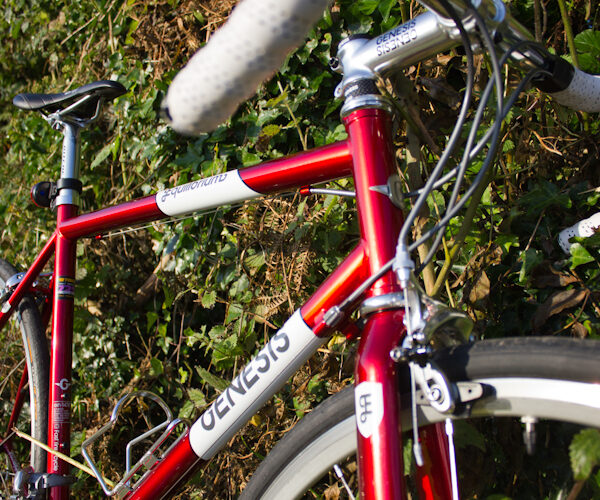When presented with the question, what do you think of when you hear the word ‘valve’? It probably conjures up different ideas for people. Although the ideas will be different, there will be an underlying theme that is consistent no matter what the word means to you and that is; mechanics, or mechanical. Regardless of what comes to the forefront of your mind, it all starts with science and physics, which some people might think is a little too far over their heads, however, the topic is closer to our hearts than most people realise.
It all started with Mother Nature
To think that humans are responsible for the invention of the valve would be a little short sighted, valves have been around from the very beginning of time. No matter your thoughts or beliefs, the very first living ‘thing’ will have made use of valves in order to survive and to live out its purpose. Essentially, a valve is a form of mechanism that helps to control the flow of fluids and, of course, gases within a ‘system’.
If you consider plants and animals as the primary example, (including ourselves) both plants and human bodies, both work in a similar way when it comes to how they supply themselves with the required nutrients from whatever they consume, be it water or ‘food’. The same can be said for when a plant or body feels the need to excrete whatever nutrients it does not need, something is needed in order to control the flow of incoming and outgoing fluids and gases; a valve.
What can humans take credit for?
This could be a controversial question, some will say, not a lot because, valves already were already in existence before we were, or were they? Whereas others might say that the development of things like oil stop valves that we use today has everything to do with our evolution as a species and how we have created the products that are manufactured and used in today’s world, it all kind of stems back to nature though doesn’t it?
Various types of valves, natural and man-made
Heart valves
Valves are one of the very things that keep us alive on a daily basis, they control the flow of blood throughout our bodies, to and from our heart, which acts as a pump, circulating the bodies vital vitamins and minerals. Human intervention has helped save many a life by looking at how a natural valve works and by creating a physical, man-made copy that can be used for things like a valve failure of the heart which is more common than most people might think.
Gate valves
The most prevalent form of valve in any industrial plant is a gate valve, it’s a direct drive valve that allows you to start or stop the flow of fluid. These valves are either completely open or totally closed while in use. Gate valves are required in practically every fluid application, if serviced properly, the gate valve ensures a reliable shutdown.
Globe Valves
Globe valves are used to regulate, halt, and start fluid flow; they are employed in systems where there is a need for both flow control and leak tightness. In comparison to a gate valve, a globe valve provides superior shutoff capabilities, however, they are more expensive.
Butterfly Valves
Butterfly valves use a rotary motion as opposed to a traditional (up and down) type valve; they use a quarter-turn mechanism that is used to stop, control, and initiate flow. The body of the butterfly valve is short and round, much like a butterfly itself, although they cannot fly, they are, however, ideal for big valve applications because of its compact, lightweight design, which takes up far less space than your average valve.
Check Valves
Backflow in a piping system can be avoided by using what’s known as a check valve. Any reversal of flow closes the valve, which is opened by the pressure of the fluid traveling through the pipeline.
And, thus brings an end to the flow.
In the world of valves, the above are just the ‘tip of the iceberg’, they are many other applications and types of valves, hopefully you’ll give them some thought next time you turn your tap on to get a glass of water, or turn the key to the engine of your car, on your way to the gas station.
Image Credits: Igal Ness




Like this article? Share with your friends!